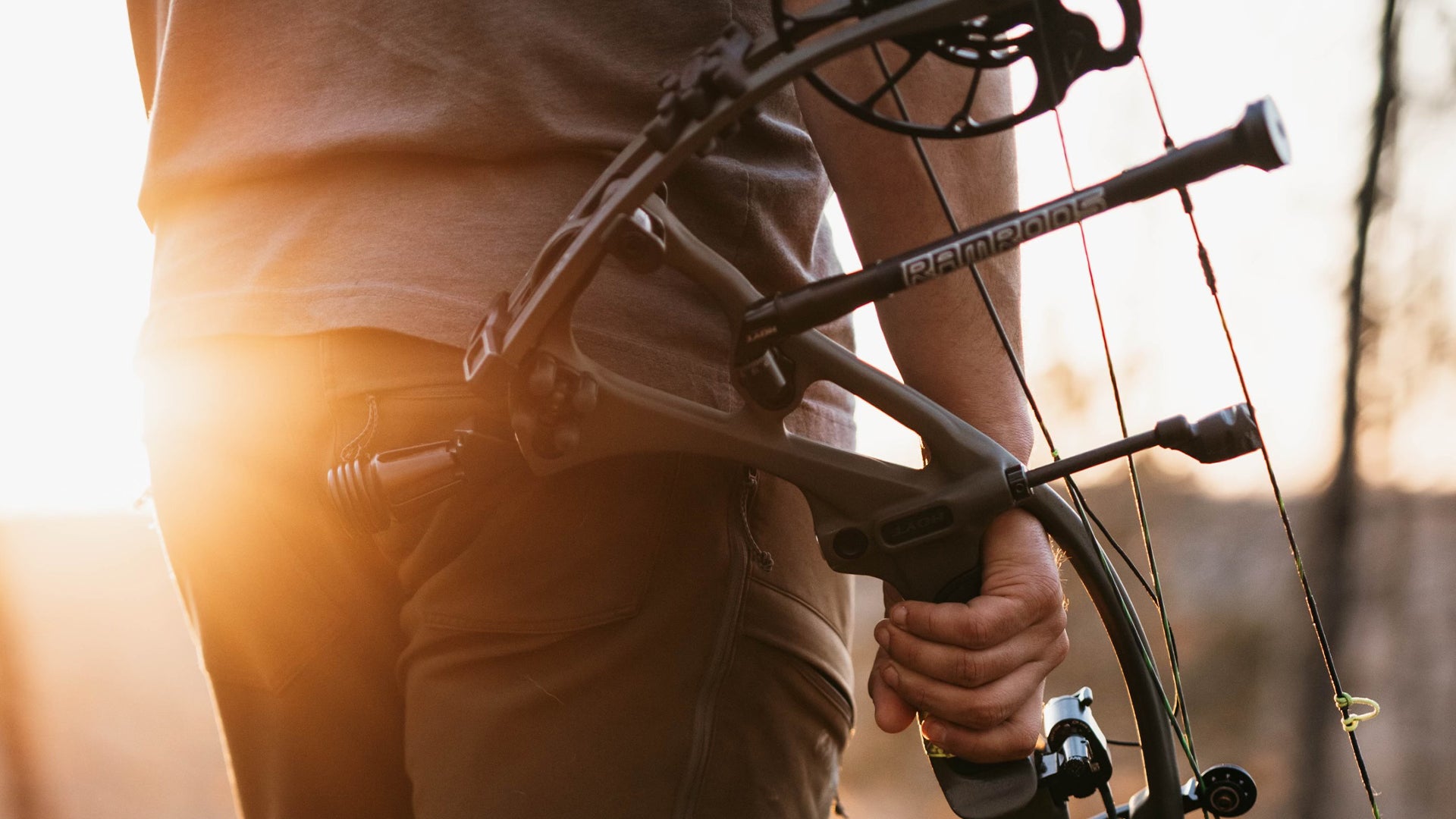Boost Your Capturing Efficiency with Top-Rated Bow Stabilizers
Optimize Your Archery Accuracy With These Bow Stabilizer Strategies
One critical component that can dramatically influence your efficiency is the appropriate utilization of bow stabilizers. Whether you are a skilled archer looking to improve your abilities or a newbie eager to enhance your precision, understanding these bow stabilizer strategies can be the secret to striking your mark with unmatched uniformity.
Benefits of Using Bow Stabilizers
Using bow stabilizers can significantly improve an archer's accuracy and total performance by lessening bow torque and vibration. Furthermore, bow stabilizers dampen vibration, which not just improves the convenience of shooting but additionally prevents the bow from leaping upon release, therefore assisting in maintaining appropriate aim.
In addition, bow stabilizers can assist in holding the bow consistent, especially throughout windy conditions or when firing from longer distances. The added weight at the front of the bow gives stability and equilibrium, allowing the archer to focus on intending without the interruption of bow motion. Overall, the benefits of utilizing bow stabilizers expand past simply accuracy, improving the archer's experience and efficiency in various shooting situations.
Picking the Right Bow Stabilizer
Choosing the proper bow stabilizer is essential for maximizing your archery equipment and improving shooting performance. When selecting a bow stabilizer, there are numerous factors to think about to guarantee you find the best suitable for your demands. Firstly, think about the weight of the stabilizer. Larger stabilizers can help in reducing bow torque and take in even more resonance, leading to a steadier aim. However, lighter stabilizers provide more maneuverability, which can be helpful in particular shooting scenarios.

Finally, consider the style of the stabilizer. Some stabilizers feature adjustable weights or dampeners that permit you to customize the balance and feeling of your bow. Ultimately, picking the best bow stabilizer entails finding an equilibrium in between weight, style, product, and size to improve your shooting precision and total performance.
Appropriate Installment Techniques
To make sure optimal performance and safety and security in archery, mastering correct setup methods for your bow stabilizer is vital. The primary step in installing a bow stabilizer is to identify the appropriate positioning on your bow. The majority of stabilizers are attached to the front of the riser, below the grasp, to aid counterbalance the weight of devices such as sights and quivers. Make sure that the stabilizer is not conflicting with various other parts or preventing your capturing form.
Next, securely affix the stabilizer to the bow utilizing the proper placing equipment. Some stabilizers come with adjustable weights that can be included or gotten rid of to adjust the equilibrium of your bow.

Readjusting Stabilizer Weight and Length
After guaranteeing the correct installation of your bow stabilizer, the following action involves adjusting the weight and length to enhance its efficiency in boosting archery accuracy. The weight of the stabilizer plays an important duty in decreasing bow activity throughout the shot cycle.
A longer stabilizer can offer higher stability by raising the distance in between the bow and the weight at the end of the stabilizer. Conversely, a shorter stabilizer offers more maneuverability and may be preferred by archers who value dexterity and quick motions during shooting.
Advanced Stabilizer Tuning Tips
Achieving optimal reference bow security and precision in archery demands a nuanced strategy to innovative stabilizer tuning. Advanced stabilizer tuning entails fine-tuning numerous elements to enhance the bow's balance, minimize vibration, and improve total precision. One key strategy is to trying out various stabilizer configurations, consisting of back-bar and side-bar setups, to locate the excellent equilibrium between stability and ability to move for your capturing design. bow stabilizer. Furthermore, adjusting the angle and positioning of the stabilizer can have a substantial influence on how the bow responds upon release.
Another critical element of innovative stabilizer tuning is maximizing the damping residential properties of the stabilizer system. This can be achieved by integrating additional moistening devices such as rubber dampeners or harmonic stabilizers to even more minimize vibration and sound. Discovering various products for the stabilizer construction, such as carbon fiber or aluminum, can also influence the bow's efficiency by changing its weight distribution and rigidity. By carefully adjust these advanced stabilizer aspects, archers can maximize their accuracy and consistency on the range or in competition.
Final Thought
In final thought, optimizing archery accuracy can be attained with the proper option, installation, and adjustment of bow stabilizers. On the whole, including bow stabilizers into archery technique can lead to enhanced performance and increased precision.
Making use of bow stabilizers can substantially enhance an archer's precision and general efficiency by reducing bow torque and resonance. Longer stabilizers supply higher stability and equilibrium, especially for long-distance capturing, while shorter stabilizers use more convenience and are much easier to steer in tight areas (bow stabilizer). Carbon fiber stabilizers are lightweight and durable, while light weight aluminum stabilizers are find more durable and provide superb vibration wetting
A longer stabilizer can offer greater security by raising the distance in between the bow and the weight at the end of the stabilizer.Another vital aspect of sophisticated stabilizer adjusting is go optimizing the damping properties of the stabilizer system.